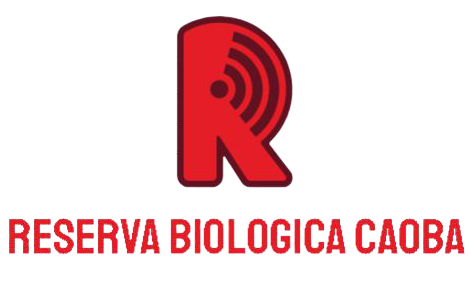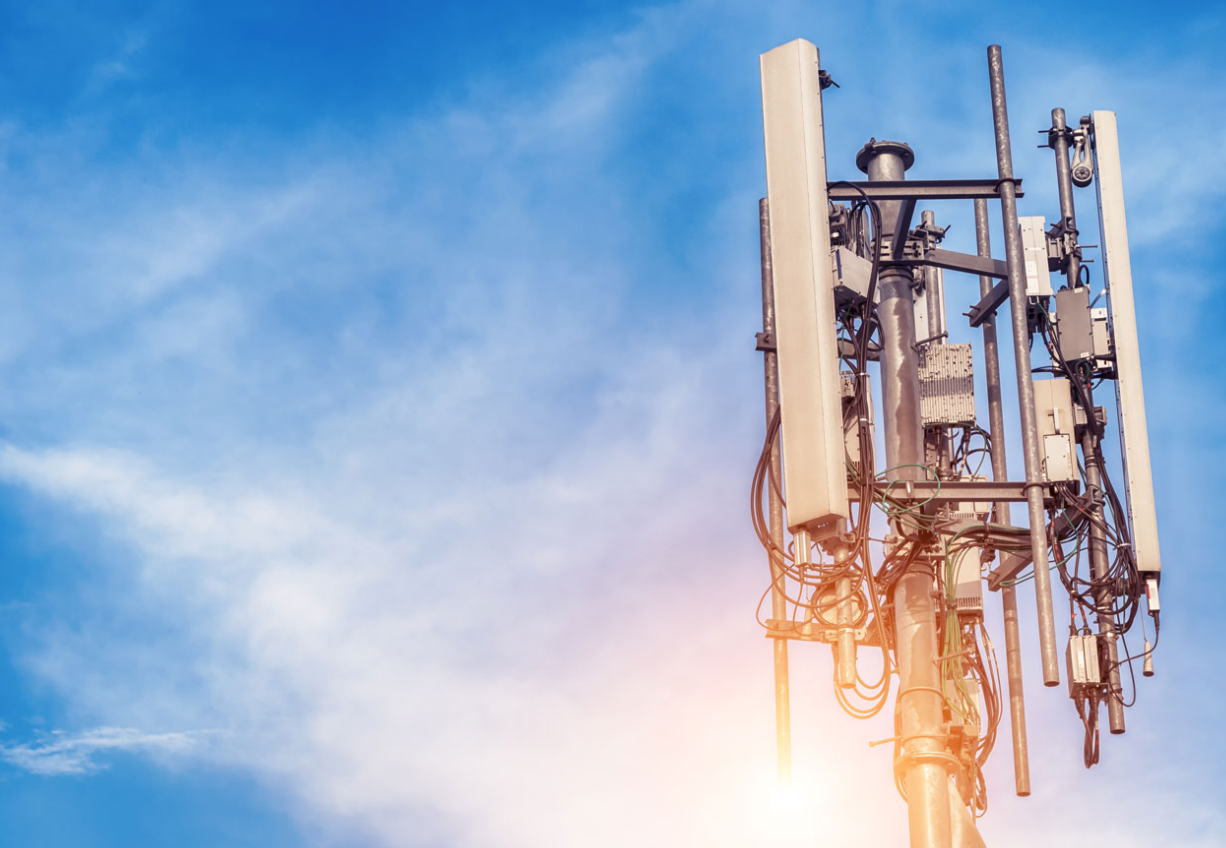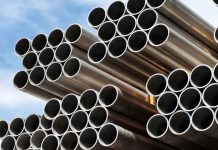5G high-frequency mobile communications standard, currently being developed, will be used for the next generation of wireless communication. In order to meet the needs of 5G networks, antenna technology has undergone a great change and will continue to change in the future.
What are the main components of a 5G router antenna? Check these out below:
Antenna
The main purpose of an antenna is to transmit and receive radio frequency signals. The most common type of antenna used in mobile devices today is called an omni-directional antenna. Omni-directional antennas transmit wireless signals in all directions, which means they can be used indoors or outdoors without needing to be pointed at anything in particular. They are also generally easier to design than directional antennas because they don’t need to be focused on one particular device or location.
Antenna Radome
Antenna Radome is a protective covering made from transparent plastic that helps protect the antenna from weather and physical damage. It also protects against electromagnetic interference (EMI) and radio frequency interference (RFI). Examples of radomes include those found on weather radars, aircraft radomes and satellite communication antennas.
Microwave Circuits
The first component of a 5G antenna is the microwave circuit. This is the part that converts electrical signals into electromagnetic waves at frequencies higher than 3 gigahertz (GHz). The microwave circuit is responsible for transmitting data through wireless networks at extremely high speeds. It works by sending electromagnetic waves over short distances before they are regenerated at their final destination.
Power Amplifiers
Another important component in a 5g antenna is the power amplifier. This device boosts the signal coming from the microwave circuit so that it can be transmitted at higher levels. It also boosts signals coming back from mobile devices so that they can be received by base stations safely without interference from other devices using similar frequencies or radio waves.
Cables
There are many types of cables used in the 5G antennas. These include coaxial cable, twisted pair cable and fiber optic cable. The different types of cables are used for different purposes. Coaxial cables are used for short range connections while fiber optic cables are used for long range connections like from home to office or building to building. Twisted pair cables have both advantages and disadvantages over other types of cables because they have lower bandwidth than copper but they are cheaper than fiber optic cables which can be expensive if you need a lot of them installed.
Circuit Board Substrates
The circuit board substrates work as the foundation of your antenna system because they hold everything together and keep it in place so that it works properly when you connect it to your device through an adapter or dongle. The circuit board substrates also provide you with all the necessary components needed by your device so that it can receive wireless signals from the tower or other sources around.
Other Components
Base station bricks
The base station brick is a small building block used in wireless communications. It contains all the necessary equipment to handle radio signals from mobile phones and other devices. It also includes power sources, cooling systems and other components needed to operate the device smoothly.
5G Material Suppliers
The 5G material suppliers are companies that produce the materials needed for 5G networks like antennas, cables and connectors. These companies supply hardware equipment manufacturers with components that they use to build their own products.
Conclusion
In summary, there are some main components of a 5G antenna. Since the antenna is the most important part of the system, it must be designed carefully. The power should be evenly distributed, and structures should have a reliable way of maintaining this power. The components are just some of the major parts that should be highlighted when designers make a 5G antenna.










